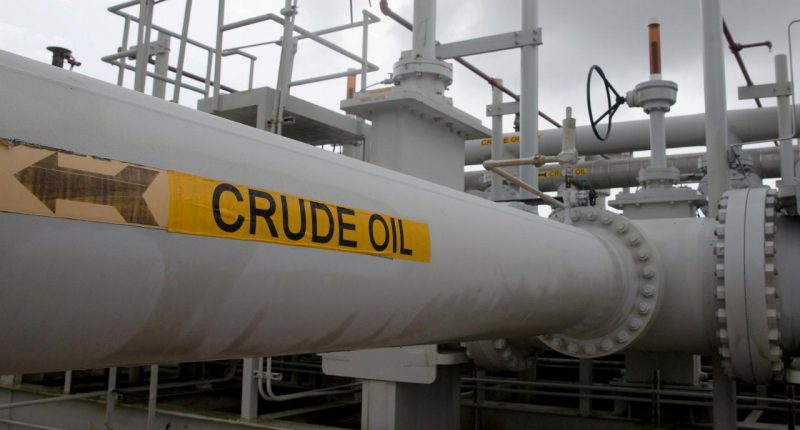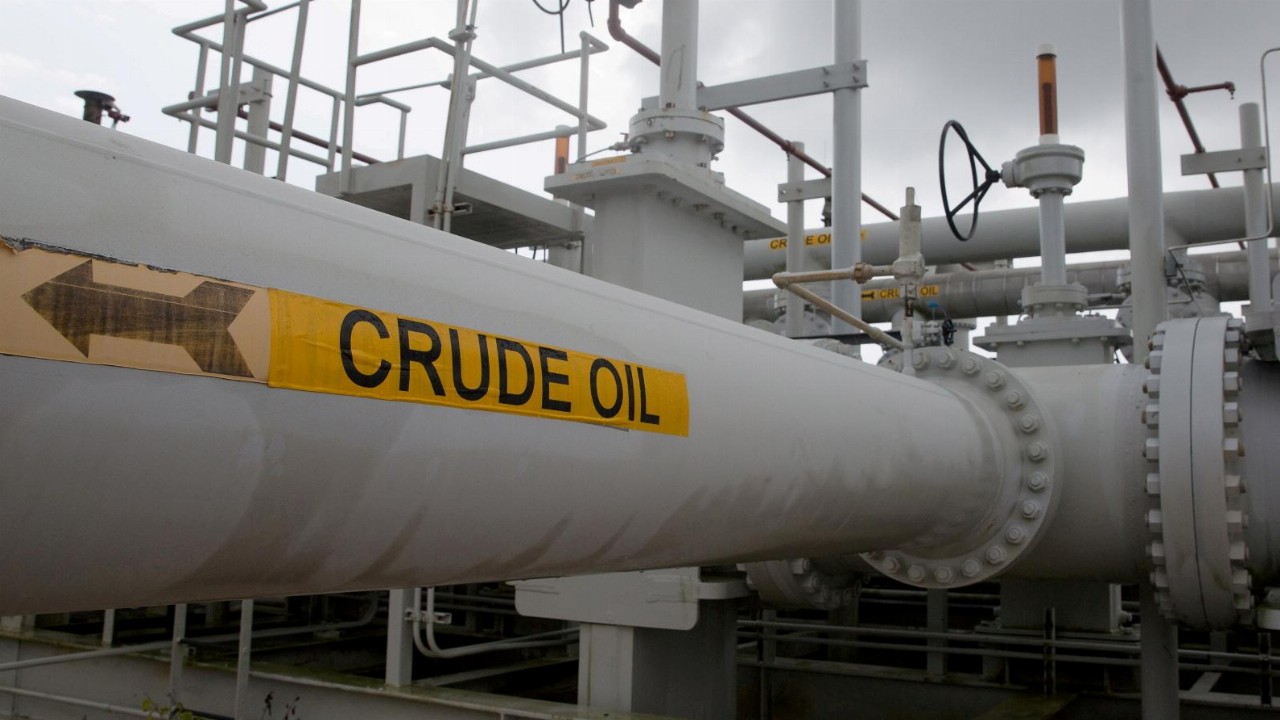- Oil prices surged by more than US$1 (A$1.43) a barrel on Monday after Saudi Arabia, one of the world’s top exporters, raised prices for crude sold to Asia and the US for January
- Saudi Arabia raised prices by 80 US cents ($1.14) per barrel for January, sending Brent crude up 2.3 per cent to around US$71.50 (A$101.95) per barrel West Texas Intermediate up 2.58 per cent to just shy of US$68 (A$96.96)
- The price hike comes despite a decision from the OPEC+, of which Saudi Arabia is a member, to continue increasing oil supply by 400,000 barrels per day in January
- It’s likely oil prices were influenced by slimming prospects of a rise in Iranian oil exports after talks between Iran and the US on saving a 2015 Iran nuclear deal broke off last week
- The newly-discovered Omicron variant of COVID-19 is likely also having an influencer on oil prices as global economic growth and fuel demand are put on watch once more
Oil prices surged by more than US$1 (A$1.43) a barrel on Monday after Saudi Arabia, one of the world’s top exporters, raised prices for crude sold to Asia and the US for January.
It marks the second month in a row Saudi Arabia’s state oil producer, Aramco, raised official selling prices for all crude grades sold to Asia.
The country raised prices by 80 US cents ($1.14) per barrel for January compared to the month before.
The move saw Brent crude prices tack on 2.3 per cent to around US$71.50 (A$101.95) per barrel, while West Texas Intermediate futures rose 2.58 per cent to just shy of US$68 (A$96.96) per barrel.
While oil prices are still lower than their late-October peak when WTI hit almost US$84 (A$119.78) and Brent crude almost US$85 (A$121.20), prices are still significantly higher than a year ago.
This time last year, Brent and WTI prices sat around US$49 (A$69.87) per barrel and US$45 (A$64.17) per barrel, respectively.
This week’s price hike from Saudi Arabia came despite a decision from the Organisation of the Petroleum Exporting Countries and their allies (OPEC+), of which Saudi Arabia is a member, to continue increasing oil supply by 400,000 barrels per day in January.
It’s likely oil prices were influenced by slimming prospects of a rise in Iranian oil exports after indirect talks between Iran and the Biden Administration on saving a 2015 Iran nuclear deal broke off last week.
Talks are set to resume this week, but European and US officials have voiced their dismay on Iran’s new, hardline government.
European powers said some of Iran’s demands were incompatible with the deal’s terms, with French President Emmanuel Macron saying he did not think it was likely the current round of talks would succeed.
Consultancy JBC Energy said while the OPEC+ group maintained the decision to increase supply in January was based on market fundamentals, it was “difficult to not see the hand of the US at play”, particularly in light of a visit of a US delegation to Saudi Arabia, according to a Reuters report.
“It is almost certain that the Iranian situation was discussed, and Saudi Arabia’s approval of the production hike suggests a compromise has been reached and that an improvement in relations with the Biden administration is on cards.”
The newly-discovered Omicron variant of COVID-19 is likely also having an influencer on oil prices as global economic growth and fuel demand are put on watch once more.







